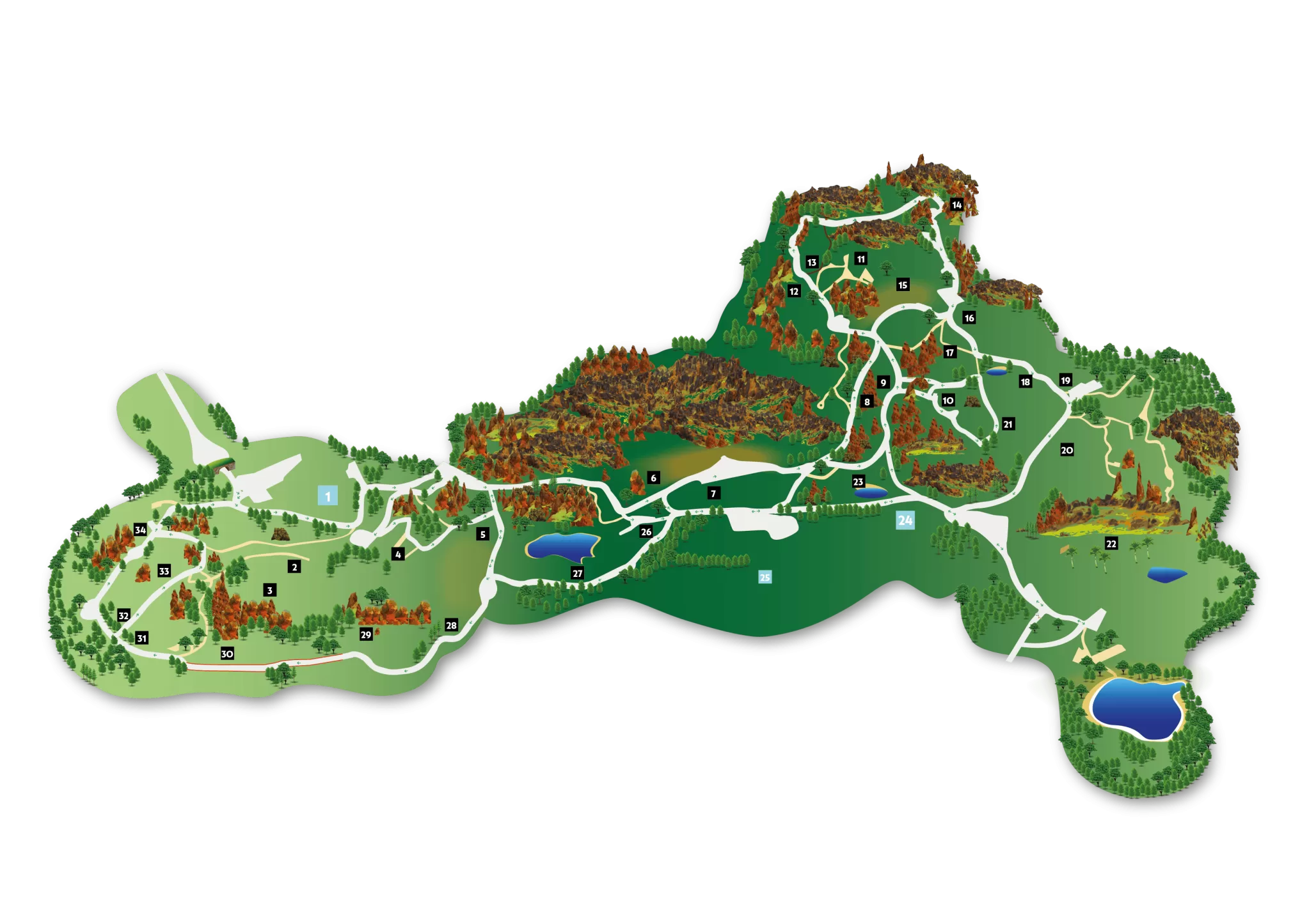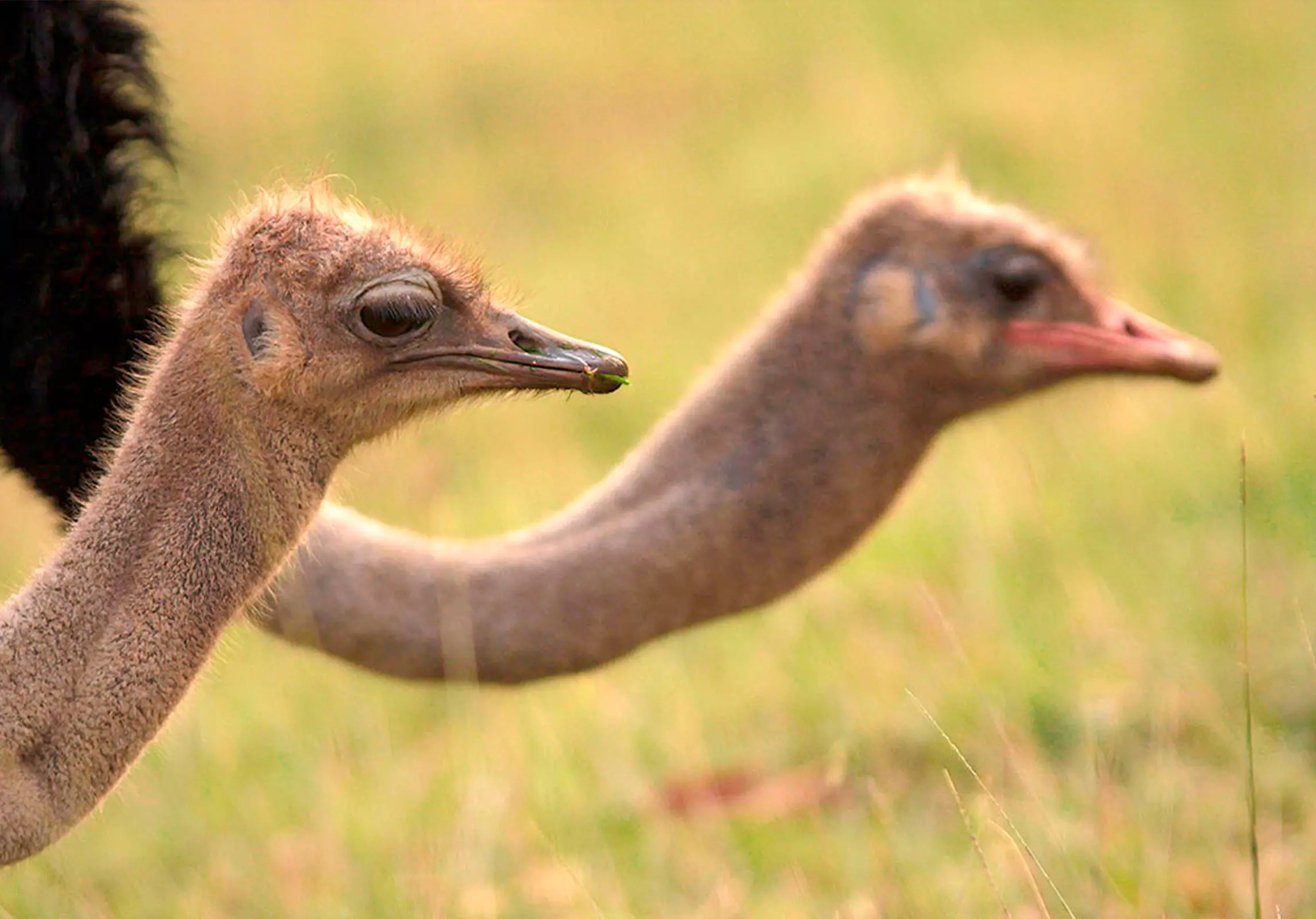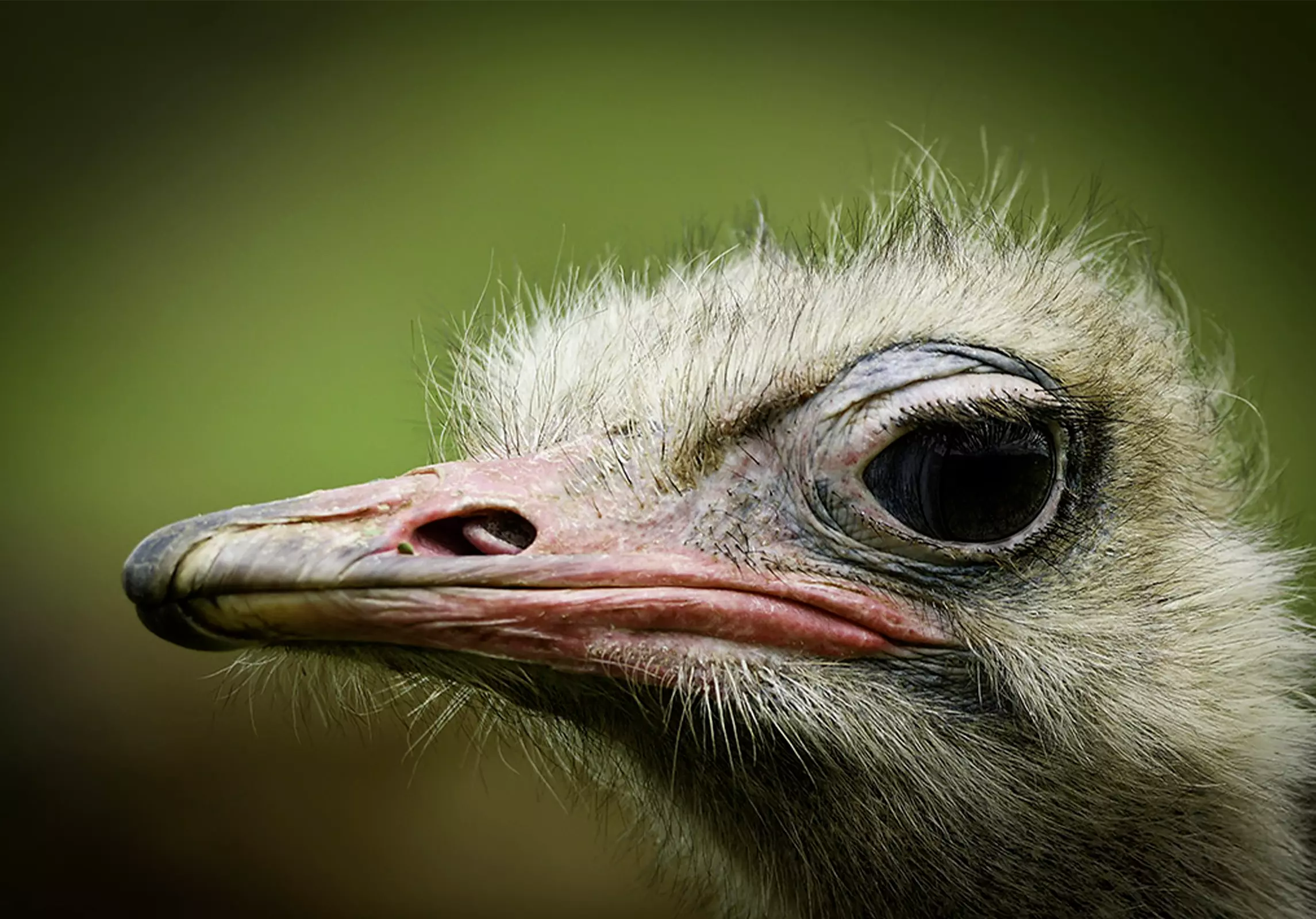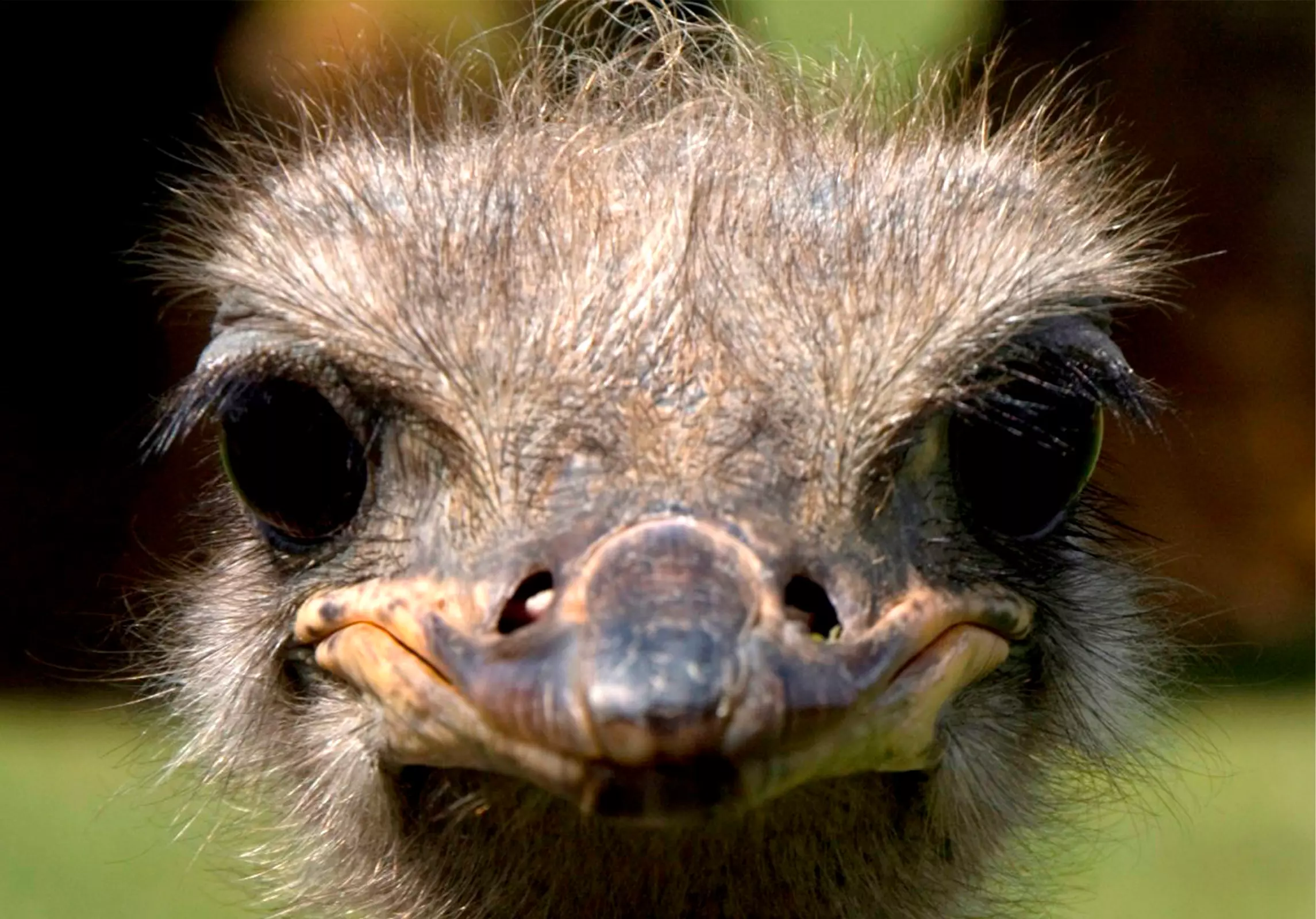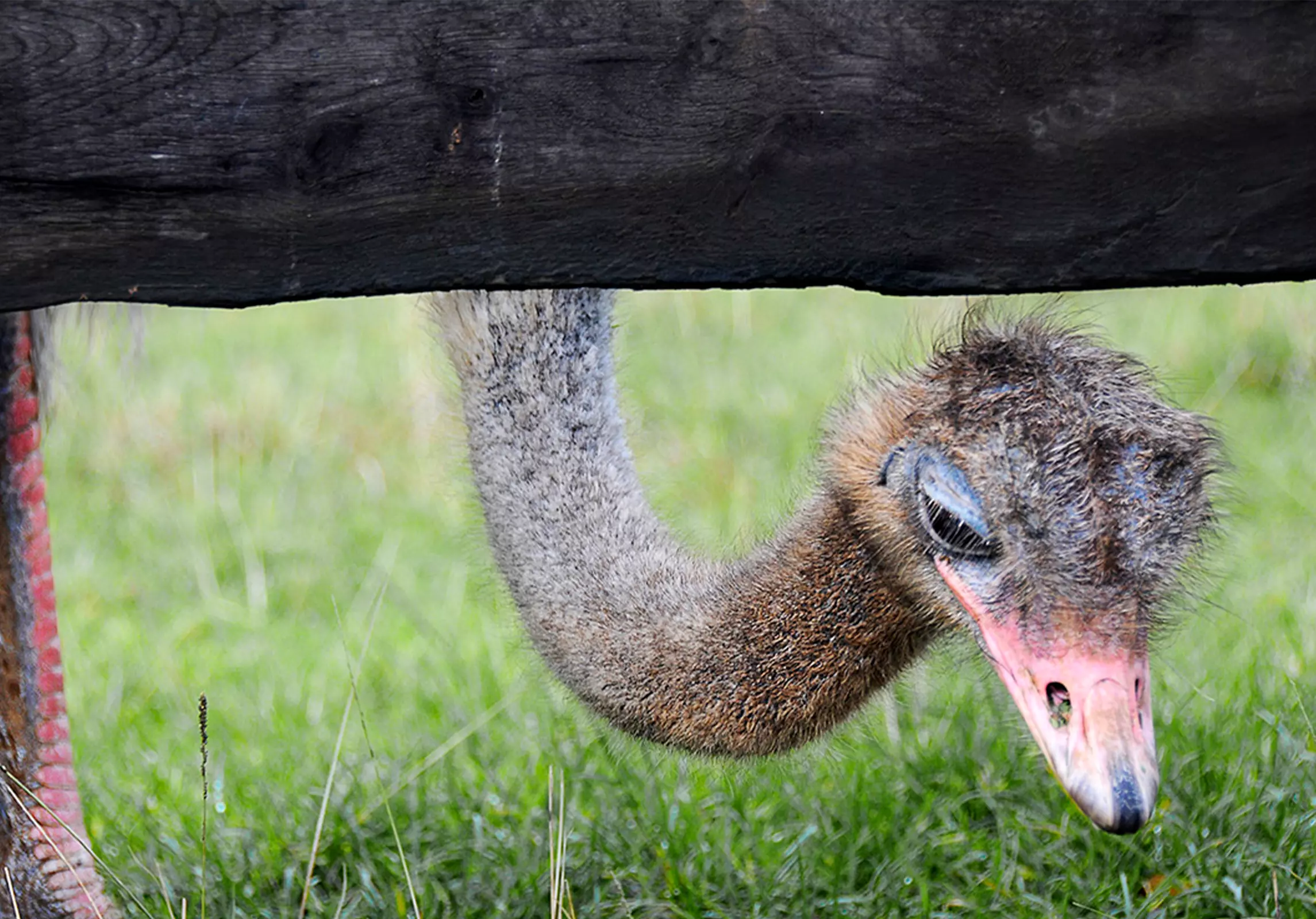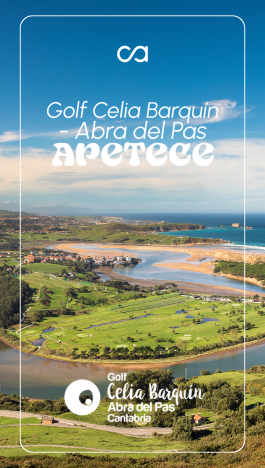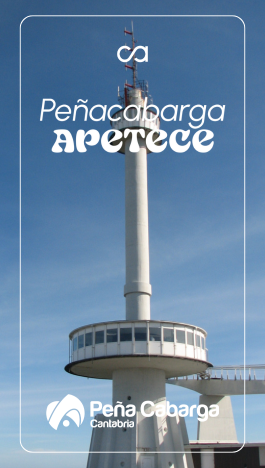
It is the largest bird in the world, with males reaching up to 2.40 meters in height and a weight of 160 kg. Although its ancestors had the ability to fly, this species lost it thousands of years ago, adapting to terrestrial life with great speed for running. Thanks to its powerful legs, it can reach speeds of up to 70 km/h over short distances
They live in mixed groups of males and females, except during the mating season, when they separate by sex and courtship rituals begin. They are polygamous animals, and within each group, one female is the male’s primary companion. If the male attempts to mate with another, the dominant female can accept the choice or intervene if she does not deem it suitable.
The reproduction of the ostrich is a curious process. Females lay their eggs in a communal nest, where all the females of the group deposit theirs. Incubation is a shared task between the male and the primary female, taking turns to protect the eggs. Although the laying does not occur at the same time, the chicks hatch synchronously, which allows them to develop together. Once they have hatched, it is the males who are responsible for their care and protection during the first weeks of life.
The ostrich has surprising characteristics, such as its egg, which is the largest in the world, weighing approximately 1.5 kg, equivalent to about 20 chicken eggs. Its adaptability and impressive speed make it one of the most fascinating species in the animal kingdom.
At Cabárceno Park, ostriches coexist with elands and giraffes in one of the central enclosures of the Park. During mating season, you can observe the ritual performed by males (black plumage) towards females (gray plumage), as happens in the wild, with their characteristic lateral movements, while emitting a powerful sound. During this period, the legs and neck of the males turn a salmon color.

